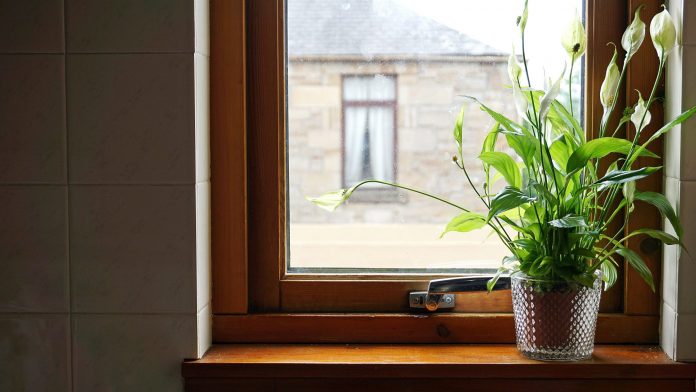AUBURN UNIVERSITY, Ala. – Wouldn’t it be nice if house plants could talk? That would certainly make caring for them easier. Many people feel helpless as they watch their house plant struggle, not knowing whether it is receiving too much or too little water. The good news is there are several key signs plants will show than can help indicate whether it is over or under watered.
Signs of Over and Under Watering
Unfortunately, from direct appearance, plants show the same signs for both over and under watering. According to Lucy Edwards, an Alabama Cooperative Extension System home grounds, gardens and home pests regional agent, these signs include
- brown leaf tips/margins
- older leaves drop off
- weak, soft growth
- wilted leaves
- small, new leaves
- no new growth
- plant dies
The only sign that may separate the two in appearance are the yellow-green leaves when the plant has too much water. To truly decipher the watering issue, dig a little deeper.
The Truth is in the Soil
“The main distinction between the two would be the soil,” Edwards said. “Feel the soil or lift the container. When a plant is properly watered, the soil feels moist within the top inch, but not too wet.”
If the soil is overly wet, inspect the container for drainage holes or standing water. This would mean it is receiving too much water. If the top inch feels dry, see if it is light to pick up. “Extremely dry soil will pull away from the sides of the container,” she said.
Seasonal Factors
As the seasons continue to change outside, indoor plants will undergo a seasonal change as well. Plant growth slows in the winter months. During the winter, people should check plants weekly by putting a finger into the soil to an inch depth. If it feels wet, do not water it. If it is dry, water to the point of it draining into the saucer.
“Discard excessive amount of water in the saucer,” Edwards said. “Water left in the saucer could result in root rot.”
Although plant growth slows in the winter, Edwards does not suggest fertilizing or watering as much during these months.
“The exception would be if your plants are in a sunroom or hot house where light and warmth are provided,” she said.
These conditions can promote growth leading to the need for more water and potentially fertilizer.
Proper Watering
For a happy, healthy plant, evaluate watering techniques.
“Use room temperature water,” Edwards said. “Often, people will leave the water sitting out overnight.”
While the temperature of the water is important, try to also avoid using softened water from the water system. As an alternative to simply watering a plant from the top of the soil, sub-irrigation is an option. This method waters the plant from the bottom to let it absorb the water. Either pour water directly into the saucer or place the pot in a sink filled with a few inches of water. Hydration is key. Treat house plants with the same care you give yourself.






























